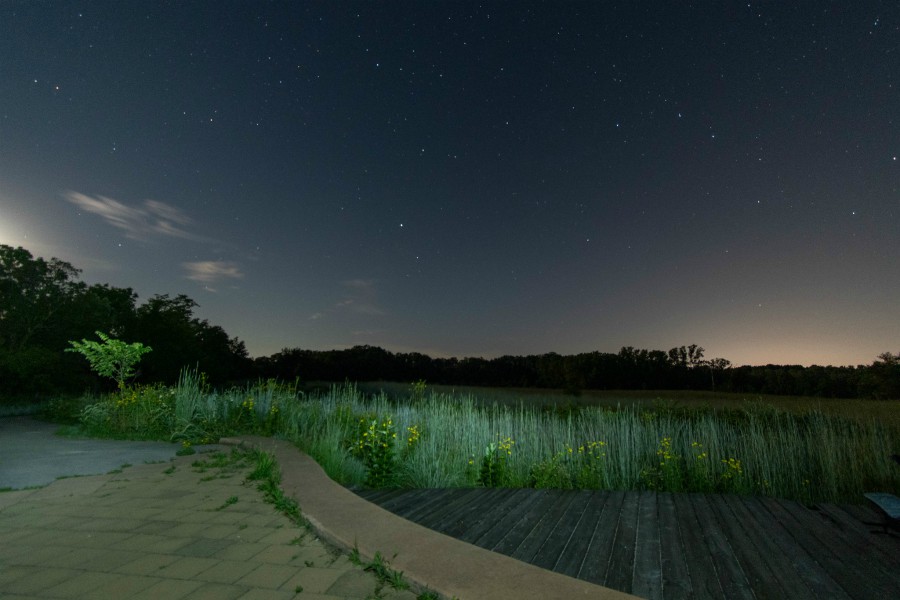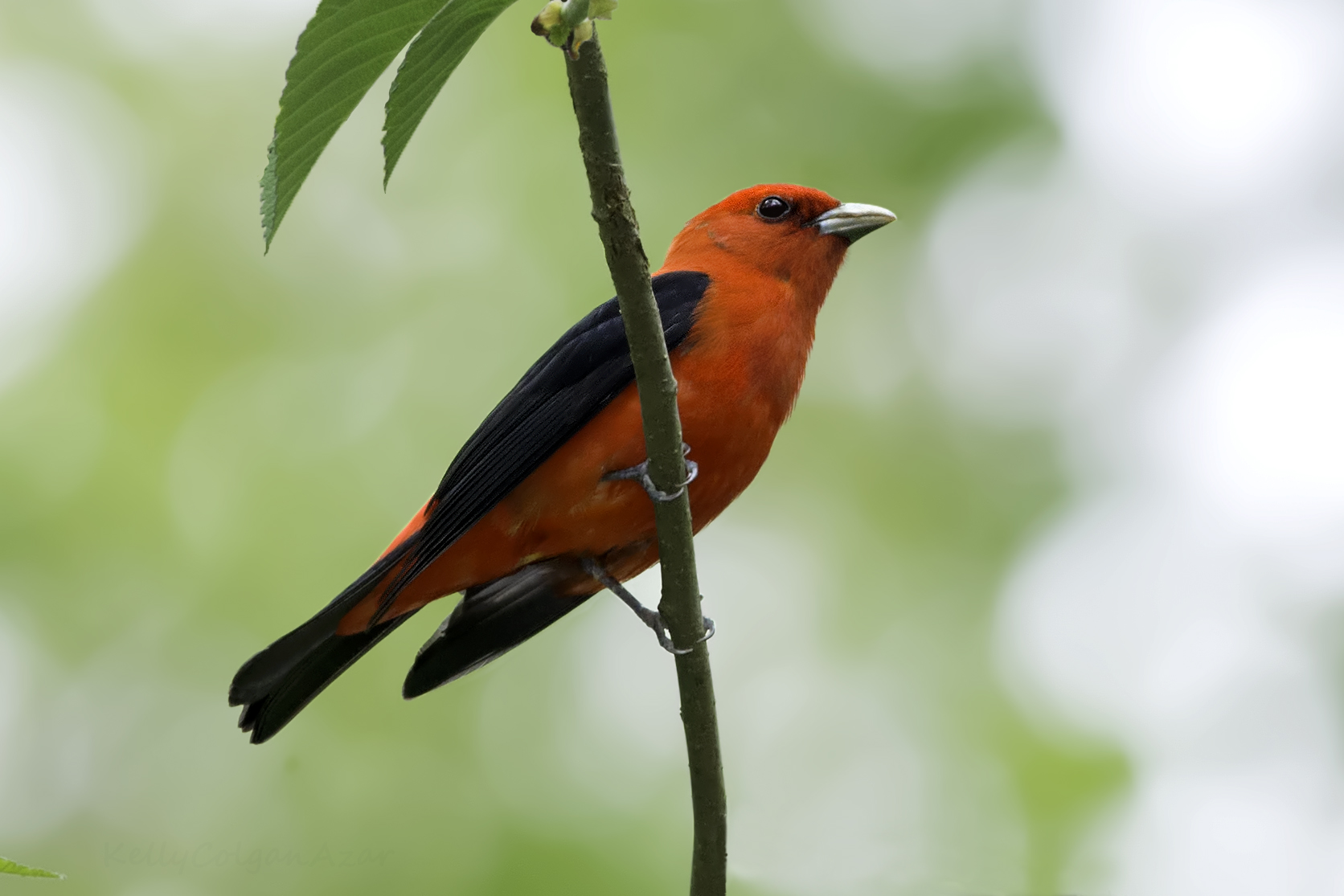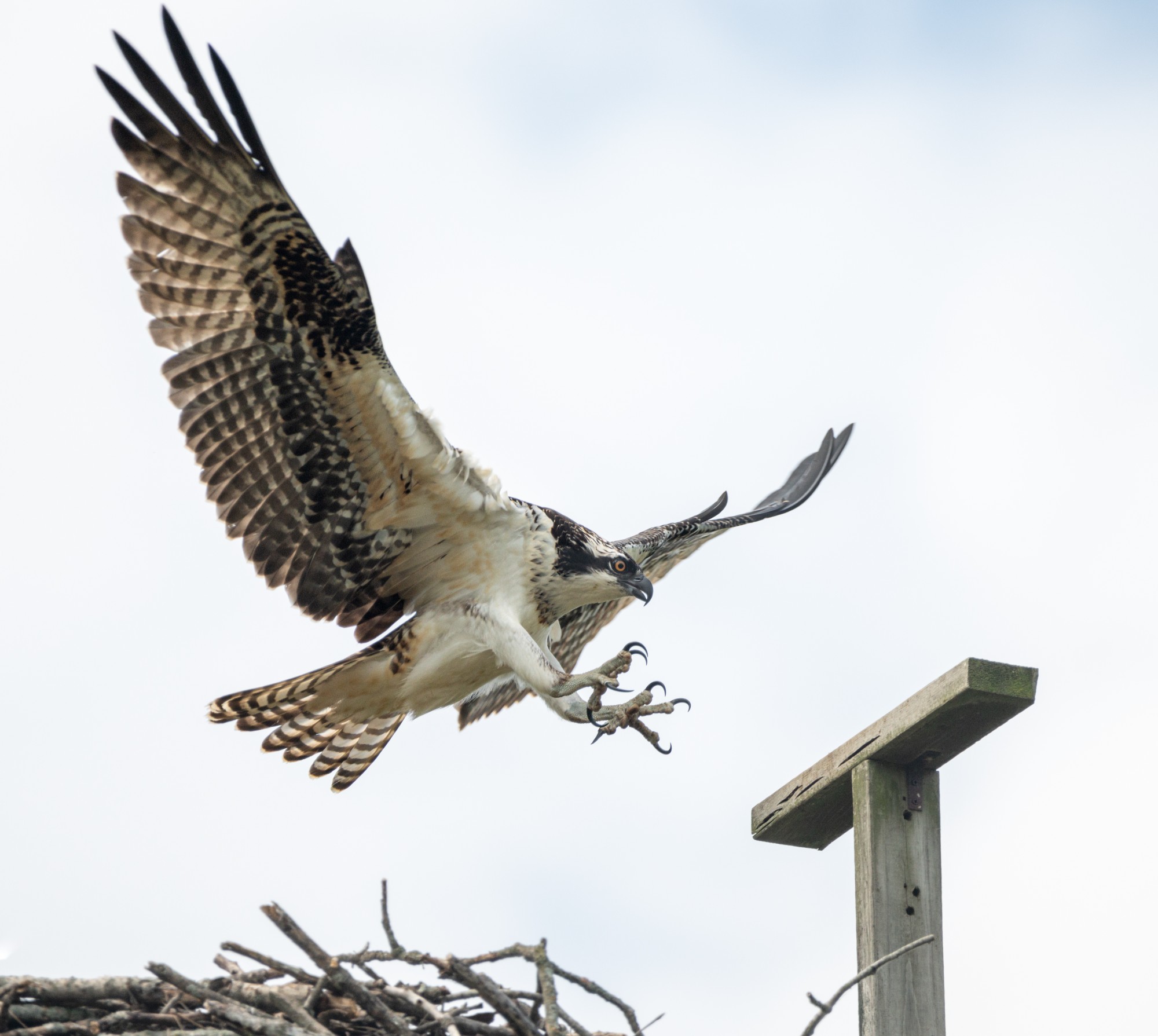Night skies are not always dark skies. Even though I spent my childhood camping and playing outdoors, the first time I saw a truly dark sky was on a backpacking trip to Big Bend National Park in my twenties.
As the campfire slowly dimmed to gleaming embers, I remember looking upwards in wonder with my head swiveling like a searchlight, my eyes darting from horizon to horizon. Somewhere between delight and shock, I grappled with disbelief that it was only starlight casting long shadows of lonely canyons on the desert floor.
The undefinable, yet somehow swirling backdrop of inky indigo made the milky way bafflingly vibrant. That diamond streak seemed to pulse with a mysterious depth only held at bay by a fragile dome of atmosphere. I actually reached upwards as if to touch each constellation. If only I could reach higher! If only my fingertips could dip into the glowing space that lay beyond the stars!
The friend I was camping with had lived in the heart of New York City for decades. I’ll never forget how she quietly whispered, “How have I never seen this before?”
Each year finding dark skies, or really bright skies if you count starlight, becomes a little harder. The International Dark-Sky Association (IDA), a U.S. based nonprofit founded by astronomers, reports artificial light increases 2% each year across the globe. Much of that gain is in areas that were previously unlit. Excessive artificial light, usually from too many and misdirected outdoor lights, is called light pollution.
Most noticeably, light washes out the night sky. Recreational stargazing and professional astronomy becomes difficult and sometimes impossible without access to expensive equipment. One of Big Bend National Park’s slogans is, “Half the park is after dark.” Much of their tourism is based on the ability to stargaze thanks to their strategic use of lighting in the developed section of the park.
In both remote parks and more urban areas, reducing light pollution keeps wildlife safe. Artificial lights can confuse nocturnal animals. Birds who migrate at night may incorrectly time their journey and veer off track. It can attract wildlife like moths and frogs, creating concentrations of some species which leaves them vulnerable to predators. Artificial light mistaken for the sun can even alter reproductive cycles.
Fortunately, light pollution is reversible with some simple modifications to existing light systems. First, consider if lighting is even needed in the area. If it is, must it always be lit? If it does, does it need to be at full brightness? A motion sensor and dimmer can keep lights off or dim until they need to be activated.
Secondly, is the light only directed where it is needed? Using light fixtures that are shielded on all sides ensuring light is only pointing downward makes a big difference. IDA estimates that 30% of outdoor lighting is wasted by shining too much light where it is not needed. That is a lot of energy consumption too!
Conservation is not limited to land and sea, there is protection for night skies too. IDA grants certification to regions which have low to no light pollution. Around the world there are 53 Dark Sky Parks, Reserves, and Sanctuaries. The U.S. has 37 of those sites with more parks and communities applying each year.
“Preserving the landscape is just one part of a park’s story,” said Chloe Crumley, a program coordinator for the National Park Conservation Association. “It is just as important to protect the nightscape of our parks and provide every visitor the experience of pristine night sky wonders.”
Through time, humans have had a complex relationship with the night sky. Is it something that protects predators lurking around the corner? Or, is it a guide to help us cross the ocean and find a new land to call home? Is it the dark part of our dreams which makes us feel alone? Or, is it part of the ancestral loom which weaves a tapestry of our search for purpose and place in the cosmos?
Whatever it is, it’s disappearing. Small changes on a large scale can bring it back. With everyone finding ways to turn off the lights, the mystery, beauty and wonder of the dark will return.
Kelley V Phillips is the Outreach Coordinator for Red-tail Land Conservancy. Her work in community engagement inspires excitement and wonder in nature through education and tangible experiences.
Photo by Kyle Allen Johnson




